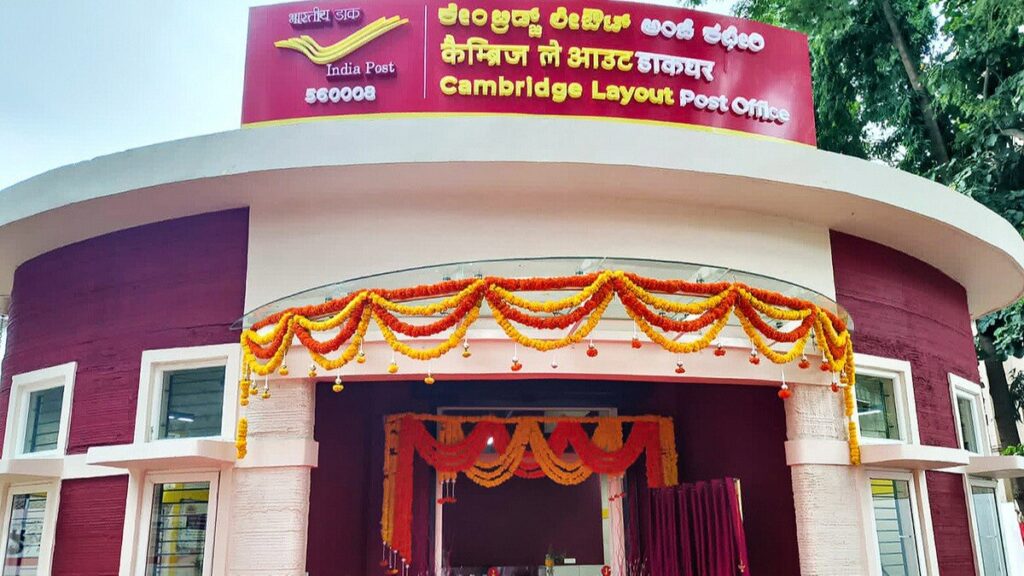3D Printing in Construction: Welcome to the future of construction, where innovation knows no bounds. In an age where possibilities are limitless, 3D printing is emerging as a game-changer in unexpected domains. Additionally, the construction industry is one such field where this technology is redefining how we build our world, quite literally. In this article, we will explore how 3D printing is reshaping the way we construct, one layer at a time.
The Power of 3D Printing
At first glance, 3D printing might seem an unlikely candidate for the construction world. But imagine the possibilities. Traditional construction methods come with significant labour requirements, material wastage, and often protracted timelines. In stark contrast, 3D printing in construction is a paradigm shift.
- Reduced Material Wastage: One of the most compelling advantages is the minimal material wastage. Conventional construction techniques generate significant waste, but with 3D printing, precise deposition of construction materials layer by layer greatly minimizes wastage.
- Swift Construction: Here’s a staggering thought – 3D printing can construct entire buildings in a fraction of the time required by traditional methods. The promise of rapid construction has the potential to alleviate housing crises worldwide.
- Architectural Freedom: 3D printing unleashes architects and designers from previous constraints. Elaborate and intricate designs that once presented formidable challenges are now feasible.
- Economic Efficiency: While the initial investment in 3D printing technology can be substantial, it translates into long-term cost savings. The diminished need for labour, lower material expenses, and accelerated construction times result in significant financial advantages.
- Sustainability: Sustainable construction practices are gaining momentum. Moreover, 3D printing contributes to this endeavour by reducing waste, enabling material recycling, and demonstrating energy efficiency.
Real-World Applications of 3D Printing in Construction
One remarkable milestone in the world of 3D printing in construction occurred in India. On August 18, 2023, the nation witnessed the inauguration of a pioneering project – a 3D-printed post office located in Cambridge Layout in east Bengaluru. The honour of inaugurating this extraordinary building went to Ashwini Vaishnaw, Union Minister for Railways, Communications, and Electronics & Information Technology. Larsen & Toubro Limited, with technological support from IIT Madras, constructed this remarkable structure, claiming the title of the first-ever commercial building built using 3D printing technology. What makes it even more impressive is that it boasts a substantial built-up area of 1,000 square feet.

This real-world application signifies the evolving capabilities of 3D printing in the construction industry, demonstrating that it’s not just a concept for the future but a present reality. The 3D-printed post office serves as a testament to the boundless potential of this technology in revolutionizing the way we build and shape the world around us.
The Titans of 3D Printing Construction
Numerous companies are leading the charge in advancing 3D printing within the construction sector:
1. ICON: Hailing from Texas, ICON has garnered acclaim for its work in creating affordable, sustainable, and resilient homes using 3D printing. Their Vulcan printer is setting new benchmarks.
2. Winsun: This Chinese construction company has made global headlines by 3D printing an entire apartment building and a villa. Their large 3D printers are turning heads in the industry.
3. Apis Cor: A Russian company, Apis Cor made waves by 3D printing a residential house in just 24 hours. Their mobile 3D printer is capturing attention worldwide.
The 3D-Printed Future of Construction
The potential for 3D printing in the construction industry is monumental. It’s not just about speed and efficiency; it’s about altering the very fabric of how we build. Imagine, in the future, sending a 3D printer to a disaster-stricken area and having it construct emergency shelters within hours, not days.
Moreover, as environmental consciousness continues to grow, 3D printing offers a greener alternative. Less waste, more sustainable material choices, and efficient construction processes contribute to a reduced carbon footprint.
Future Possibilities and Challenges
As with any innovation, there are challenges to overcome. The 3D-printed construction industry needs to address concerns regarding printed buildings’ structural integrity and long-term durability. Regulatory frameworks and standards must also adapt to accommodate this novel approach.
Conclusion
In conclusion, 3D printing in construction is altering the landscape of architecture and design. It’s an eco-friendly, cost-effective, and efficient solution with the potential to transform the construction industry as we know it. As this technology advances, we stand on the brink of a new era in construction. The future is emerging, constructed layer by layer, with sustainability and innovation guiding the path.
FAQ’s
3D printing in construction, also known as contour crafting or additive construction, is a process that uses large-scale 3D printers to create building structures and components layer by layer.
3D printing reduces material wastage, making it an eco-friendly construction method. Moreover, it opens the door to recycling construction materials.
Yes, it’s not limited to new construction. Renovations and retrofitting can also benefit from 3D printing.
Absolutely! Designers and builders create them to meet safety standards and have demonstrated their high durability.
While the initial investment in technology can be substantial, the overall cost of construction can be significantly lower due to reduced labour and material expenses.
3D printing in construction can build a variety of structures, including houses, commercial buildings, bridges, and even infrastructure elements like road barriers.
Some limitations include the size of the 3D printer, regulatory challenges, and the need for skilled operators. Additionally, the technology is still evolving.
3D printing in construction is being utilized globally, with notable projects in countries like India, United States, China, and the Netherlands.
Recommended Reading: Green Drive: The Electric Car Revolution







Hi
Nice details in the article.